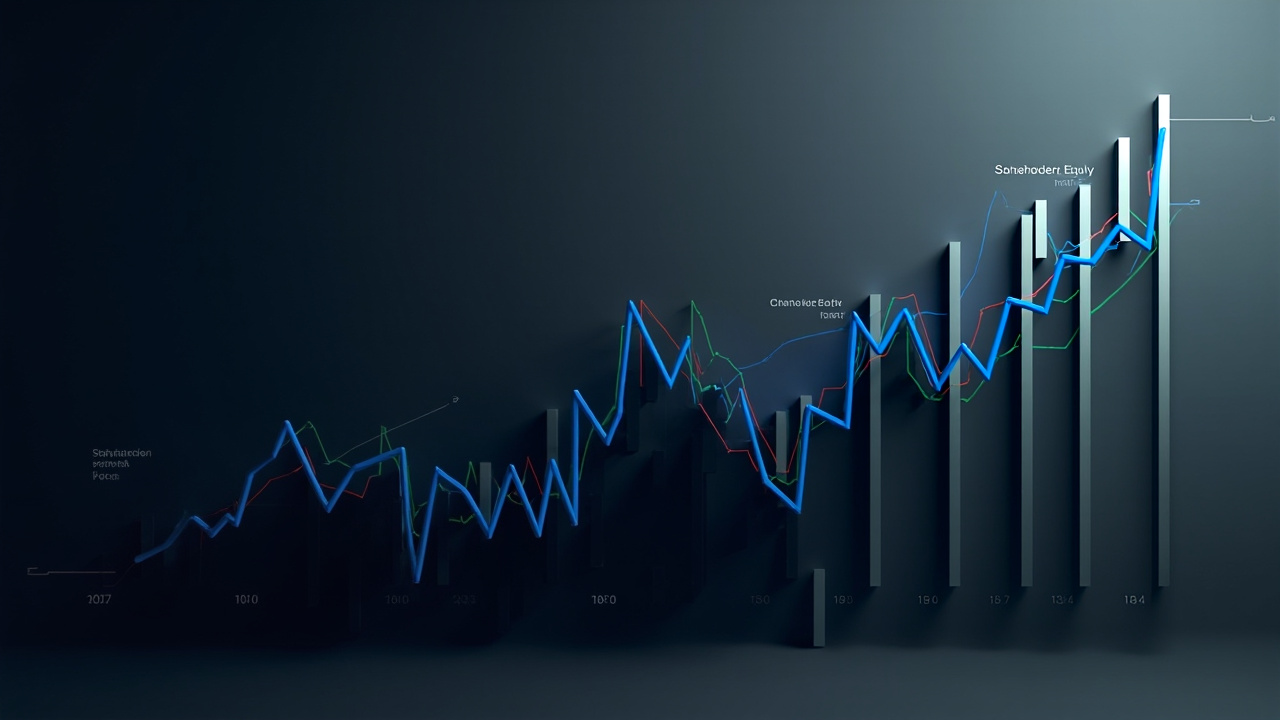India's iPhone exports to U.S. soared 76%, but Trump, Beijing complicate further growth.

The recent surge of 76% in iPhone exports from India to the U.S. signals a significant pivot in global supply chains, particularly within the tech sector. This notable increase in shipments, estimated at around 3 million units in April, highlights Apple's strategic move to diversify its manufacturing base away from China, amidst the backdrop of ongoing trade tensions and tariff implications. In a world where geopolitical dynamics increasingly shape market behaviors, this development merits a closer look at its broader implications for investors, corporations, and consumers.
The data provided by Omdia reveals a stark contrast between Indian and Chinese export volumes, with shipments from China plummeting by approximately 76% year-on-year, down to 900,000 units. This shift isn't merely a statistical anomaly; it underscores Apple's tactical adjustments in response to a complex panorama of tariffs imposed by the Trump Administration. While the move to India could indeed position Apple favorably within emerging market dynamics, one must question the sustainability of this new growth trajectory. Despite the initial gains, analysts like Le Xuan Chiew caution that India’s manufacturing capacity may struggle to meet U.S. demand, which averages around 20 million iPhones per quarterly cycle. The expectation is that Indian production might not fully ramp up to these levels until 2026. This delay emphasizes a potential gap between strategic intentions and operational realities, raising concerns about how quickly Apple can adapt its supply chain.
Moreover, the risks tied to this strategic pivot extend beyond mere production metrics. The interplay between Washington and Beijing introduces layers of uncertainty, particularly as both governments exhibit protectionist tendencies. Trump's recent threats to impose tariffs on all iPhone shipments could severely undermine Apple's diversification efforts, turning it into a 'dangerous game', as described by industry analysts. Such shifts not only affect Apple's bottom line but also have cascading effects on ancillary suppliers and consumers who may ultimately bear the cost of these tariffs. Historically, trade wars like those observed during the 2008 financial crisis or the dot-com bubble have led to unintended consequences—disruption not just within targeted industries, but across entire economies. Hence, how will Apple navigate these choppy waters while maintaining its EBITDA margins against a backdrop of escalating geopolitical tensions?
In conclusion, while the dramatic rise in iPhone exports from India is a signal of opportunity, it is essential for investors to adopt a balanced perspective. The move potentially offers new growth avenues within the Indian manufacturing sector, and for Apple, it could mean enhanced resilience against tariffs. However, the risks embedded within this strategy cannot be overlooked—whether it be operational delays, tariff threats or geopolitical strife. As this situation evolves, key stakeholders including institutional investors, regulators, and consumers must remain vigilant, asking: Will Apple successfully orchestrate this shift to India, or are we destined to witness a repeat of historical missteps in global trade? Ultimately, the unfolding narrative of Apple’s operational strategy will resonate beyond just one company, potentially reshaping the landscape of global manufacturing in the years ahead.
Read These Next

Shanghai Wiston Information Technology Co., Ltd. Shareholder Equity Change Analysis
This article analyzes the recent shareholder equity change at Shanghai Wiston Information Technology Co., Ltd., its implications on governance, and the stability of management amidst a major share transfer.

Most Major European Stock Indexes Close Higher
European stock market trends signal global economic direction; Chinese investors should monitor these changes closely.

Salesforce's Acquisition of Informatica: A Move Towards AI Empowerment
Salesforce's acquisition of Informatica marks a strategic push into AI and data management, essential for enterprise transformation. This Commentary explores the potential implications, historical comparisons, and integration challenges following the $8 billion deal.
